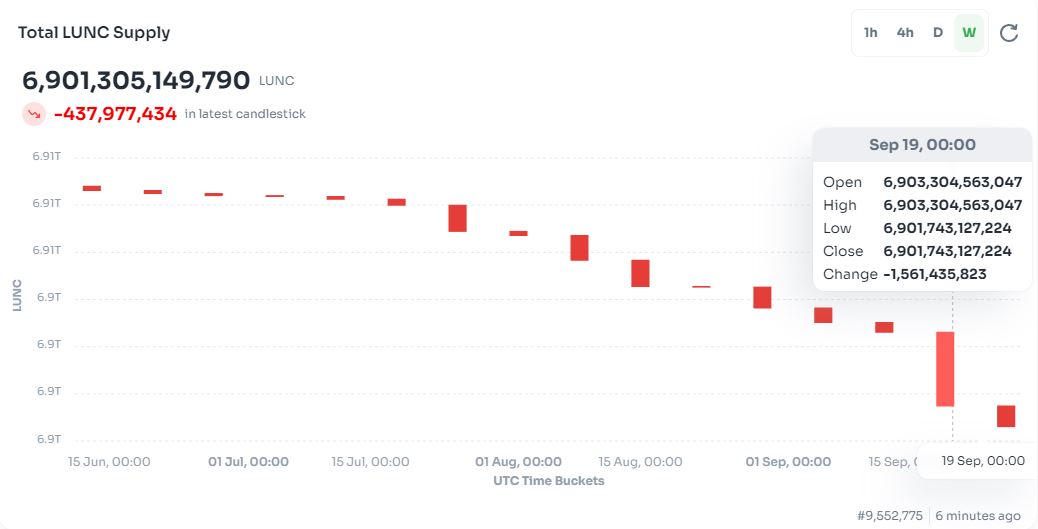
A Decade of Disruption
Bitcoin, the brainchild of the pseudonymous Satoshi Nakamoto, emerged in 2009, heralding a new era in finance. This digital currency, born out of the ashes of the 2008 financial crisis, promised a decentralized, transparent, and censorship-resistant alternative to traditional financial systems.
Over a decade later, Bitcoin has experienced tremendous growth, capturing the imagination of investors, entrepreneurs, and even governments worldwide. However, its journey has been marked by volatility, regulatory hurdles, and ongoing debates about its true potential.
The Halving Event: A Catalyst for Change?
One of Bitcoin’s defining characteristics is its limited supply of 21 million coins. Unlike fiat currencies, which central banks can manipulate through printing, Bitcoin’s supply is predetermined and programmed into its core protocol.
To further control inflation, a critical mechanism called “halving” reduces the number of new Bitcoins generated per block by half approximately every four years. The next halving is expected to occur in April 2024, marking a significant milestone in Bitcoin’s history.
Potential Upsides: A Bullish Outlook
Proponents of Bitcoin believe the 2024 halving could trigger a bullish run for several reasons:
Institutional Adoption: The past few years have witnessed a surge in institutional interest in Bitcoin, with hedge funds, pension funds, and even corporations exploring its potential as a store of value and a hedge against inflation. This trend is expected to continue in 2024, potentially providing sustained demand and price stability.
The Halving Effect: Historically, halving events have been followed by significant price increases in Bitcoin. This can be attributed to the interplay of supply and demand. As the supply of new Bitcoins dwindles, existing ones become scarcer, potentially pushing their price upwards, assuming demand remains constant or increases. Additionally, the halving reduces the selling pressure from miners, who rely on the block reward to cover operational costs.
Evolving Use Cases: Bitcoin’s utility is expanding beyond simply being a speculative asset. The emergence of Ordinal Inscriptions, which allow for the creation of non-fungible tokens (NFTs) on the Bitcoin blockchain, has opened doors for new applications, potentially leading to increased network usage and transaction fees. This diversification could strengthen Bitcoin’s long-term value proposition.
Potential Downsides: Navigating the Challenges
Despite the optimistic outlook, several challenges could impede Bitcoin’s growth in 2024:
Regulatory Uncertainty: The regulatory landscape surrounding cryptocurrencies remains fragmented and uncertain. Governments worldwide are grappling with how to regulate this nascent industry, leading to inconsistent and sometimes conflicting policies.
This uncertainty can deter institutional investors and hinder innovation within the crypto ecosystem. Examples include the Financial Action Task Force’s (FATF) travel rule, which requires VASPs to collect and transmit user information for specific transactions, and the ongoing lawsuit between the US Securities and Exchange Commission (SEC) and Ripple Labs, which has broader implications for how cryptocurrencies are classified and regulated.
Mining Concentration and Centralization: The Bitcoin mining industry is geographically concentrated, with a significant portion of the hash rate (computing power) originating from China. This concentration raises concerns about potential manipulation and vulnerabilities.
Additionally, the halving might incentivize smaller miners to exit the market, leading to consolidation and increased centralization among larger mining pools. This could compromise the network’s security and decentralization, which are core tenets of Bitcoin’s value proposition.
Conclusion: A Balanced Perspective
Predicting the future performance of any asset, especially one as volatile as Bitcoin, is inherently challenging. While the halving event presents a potential catalyst for growth, numerous internal and external factors, both positive and negative, will shape Bitcoin’s trajectory in 2024. Understanding these factors and maintaining a balanced perspective is crucial for navigating the complex and ever-evolving world of cryptocurrency.
Personal Note From MEXC Team
Check out our MEXC trading page and find out what we have to offer! There are also a ton of interesting articles to get you up to speed with the crypto world. Lastly, join our MEXC Creators project and share your opinion about everything crypto! Happy trading! Learn about interoperability now!
Join MEXC and Get up to $10,000 Bonus!


